Soliara, a 46-year-old Ukrainian soldier, a member of the unmanned aerial vehicle (UAV) crew of the 15th Independent Artillery Reconnaissance Brigade of Ukraine, and his comrades held their breath after firing a rocket at a Russian air defense radar system in late October.
"There's still about a minute left," Soliara announced, giving the estimated time the rocket would reach its target. The atmosphere then immediately fell silent again, as everyone attentively watched the images transmitted by the reconnaissance UAV.
This is the "Shark" UAV model, shaped like its name, equipped with a high-resolution camera with the ability to magnify images up to 30 times, allowing the operator to see letters on enemy clothing at a distance of up to 2 km. This UAV previously helped Soliara's team detect the location of a Russian radar complex to launch a rocket attack.
This is what happened to Soliara’s team, when the signal from the Shark UAV was briefly interrupted by Russian jamming. When the image came back, Soliara and his teammates saw a deep crater with smoke rising from it, indicating that the rocket had landed about 50 meters from the Russian radar station. The Russians then moved the radar station to safety.
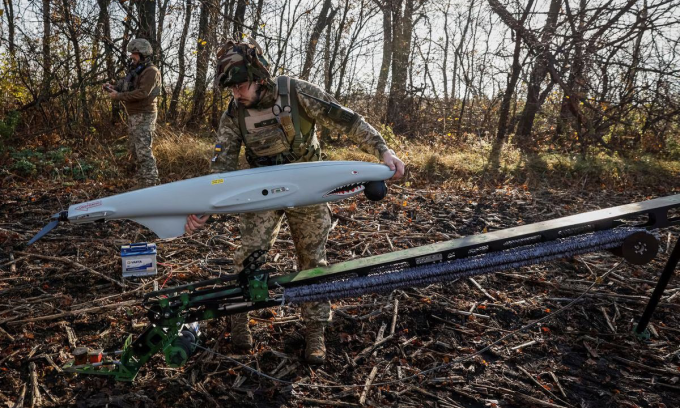
Members of the 15th Ukrainian Brigade prepare to deploy the "Shark" UAV in Kharkov on October 30. Photo: Reuters
After the failed attack, Soliara piloted the UAV back to base, ready to carry out further missions.
The failed attack took place at an undisclosed location in the northwestern Kharkiv region and is a typical example of the current cat-and-mouse game on the Ukrainian battlefield. One side plays the role of the hunter, constantly deploying UAVs to find and destroy the enemy's expensive equipment, while the other side tries to escape or disable the predator's capabilities. The roles of the two sides are constantly changing, with the hunter becoming the prey at any moment.
In addition to being used as a target designation vehicle, UAVs also have suicide attack or grenade-dropping versions that can directly attack the enemy.
In this war, Russia seems to have the upper hand, thanks to its overwhelming number of UAVs. The deputy commander of Ukraine's 80th Independent Assault Brigade, who goes by the call sign "Swift," said last month that Russia often uses up to two UAVs to attack a target, as well as attacking low-value targets, suggesting that Moscow appears to have a large number of UAVs in its inventory.
In July, Ukrainian Prime Minister Denys Shmyhal announced a budget allocation of $1.1 billion to invest in UAVs. Digital Transformation Minister Mykhailo Fedorov said in September that Ukraine had trained more than 10,000 drone operators this year, in preparation for a “new stage of hostilities.”
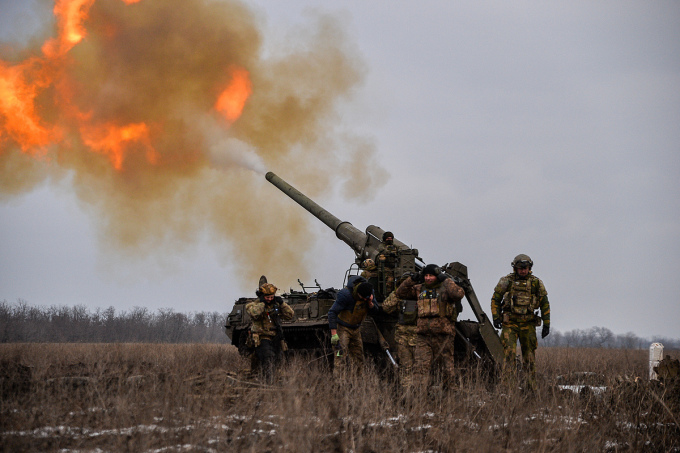
Ukrainian artillery fires towards Russian positions in Bakhmut in February. Photo: Reuters
The “Shark” UAV is a result of Ukraine’s investment in this field. Costing more than $50,000 to produce, the device has helped Soliara’s team destroy dozens of high-value Russian targets, such as air defense systems and radar stations.
“About a month after I joined the team, we discovered an enemy air defense system and attacked it. It was a great sight,” said the soldier with the call sign Shinobi, commander of the UAV operation team of the 15th Independent Artillery Reconnaissance Brigade of Ukraine, noting that the Russian air defense system “exploded like fireworks” when attacked.
According to brigade members, Ukraine’s UAV inventory includes domestic models developed by defense companies or startups, as well as modern models supplied by the West. Domestic UAVs are easier to repair when damaged, as they can be immediately sent back to the manufacturer for repair instead of having to spend time shipping them abroad.
"The repair and operation of the 'Shark' UAV is very simple. We have never lost a 'Shark'," said Soliara.
Reconnaissance UAVs with long-range observation capabilities like the "Shark" are of particular value on the Ukrainian battlefield, as they are an effective means of indicating targets for artillery, the main weapon in the war.
"If artillery has long been considered the god of war, then artillery targeting devices can be called the eyes of the god," said Soliara.
Pham Giang (According to Reuters )
Source link












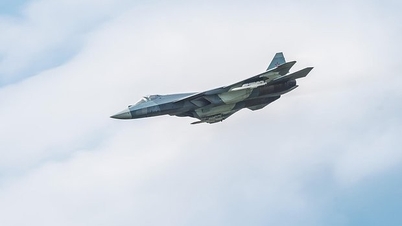
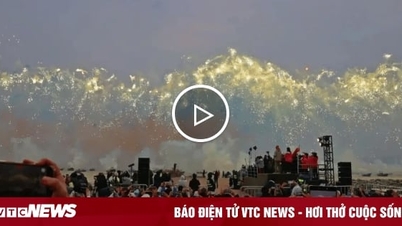







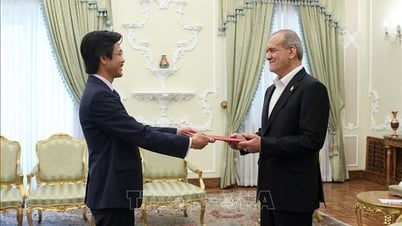












































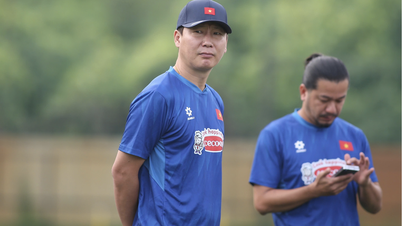


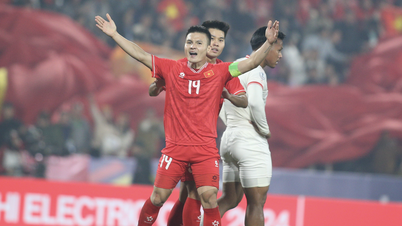





























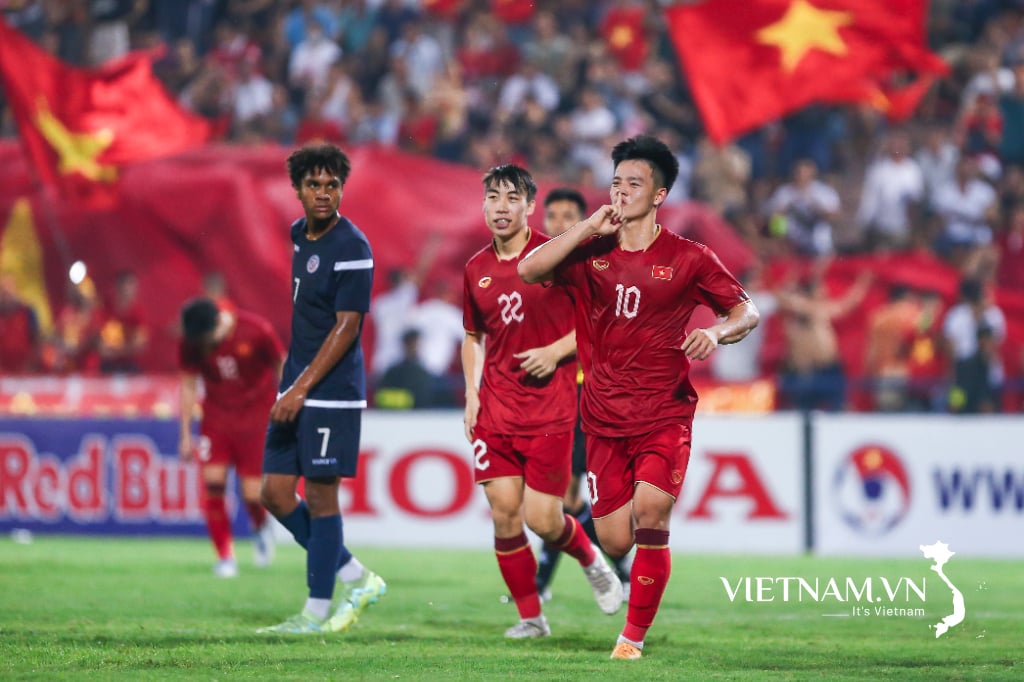

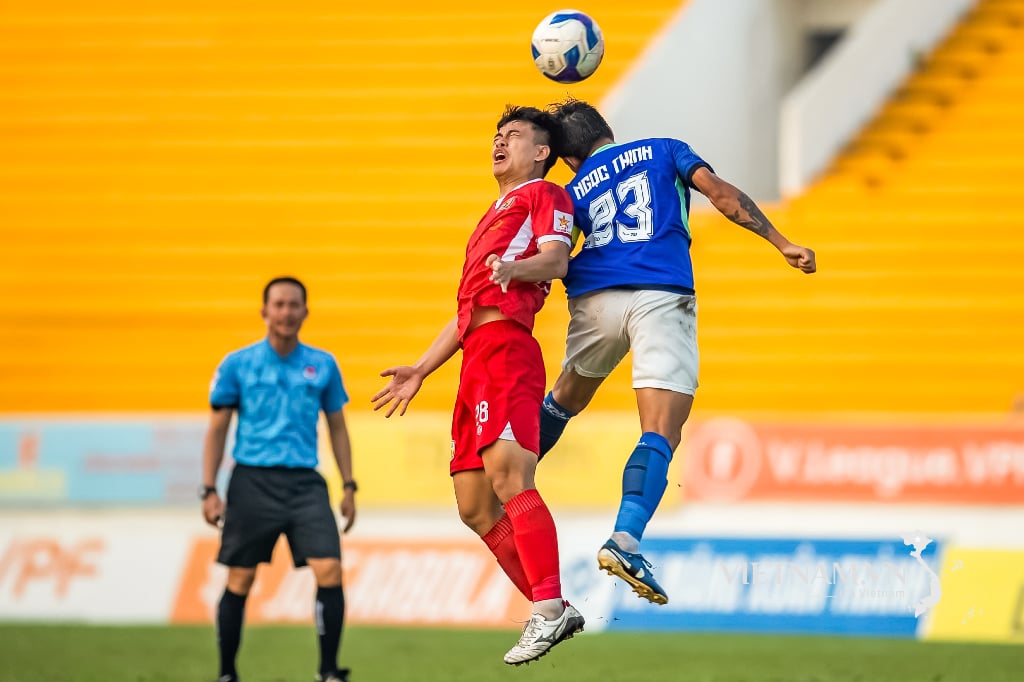
Comment (0)